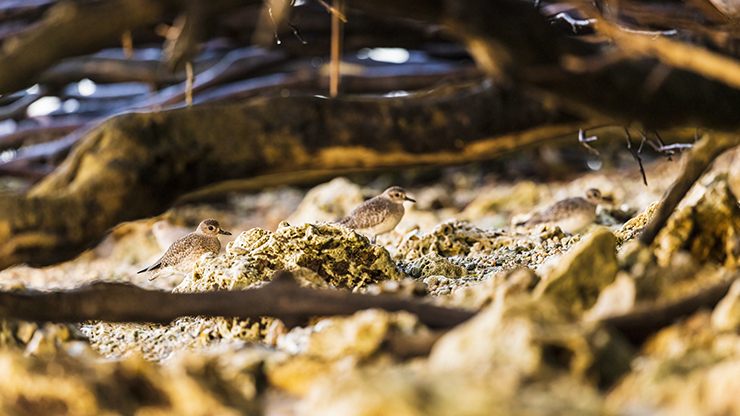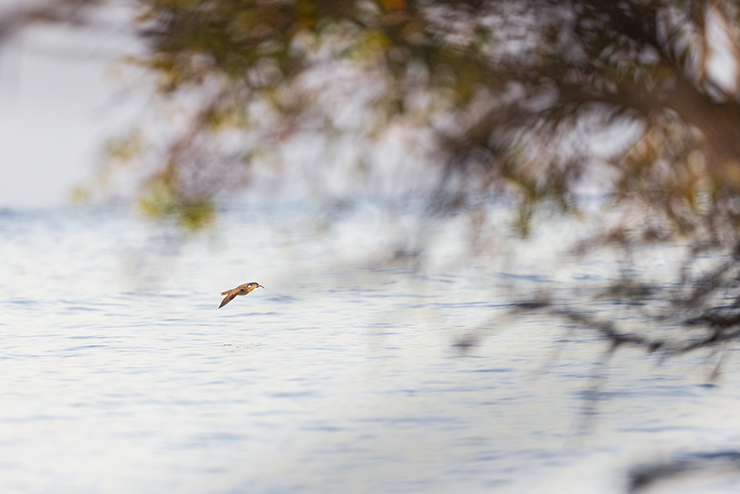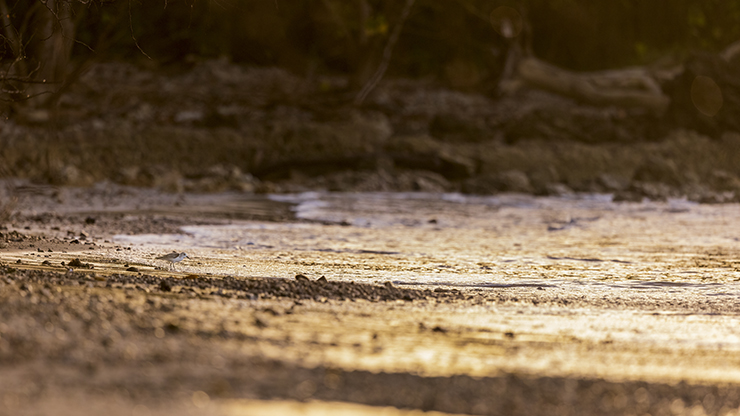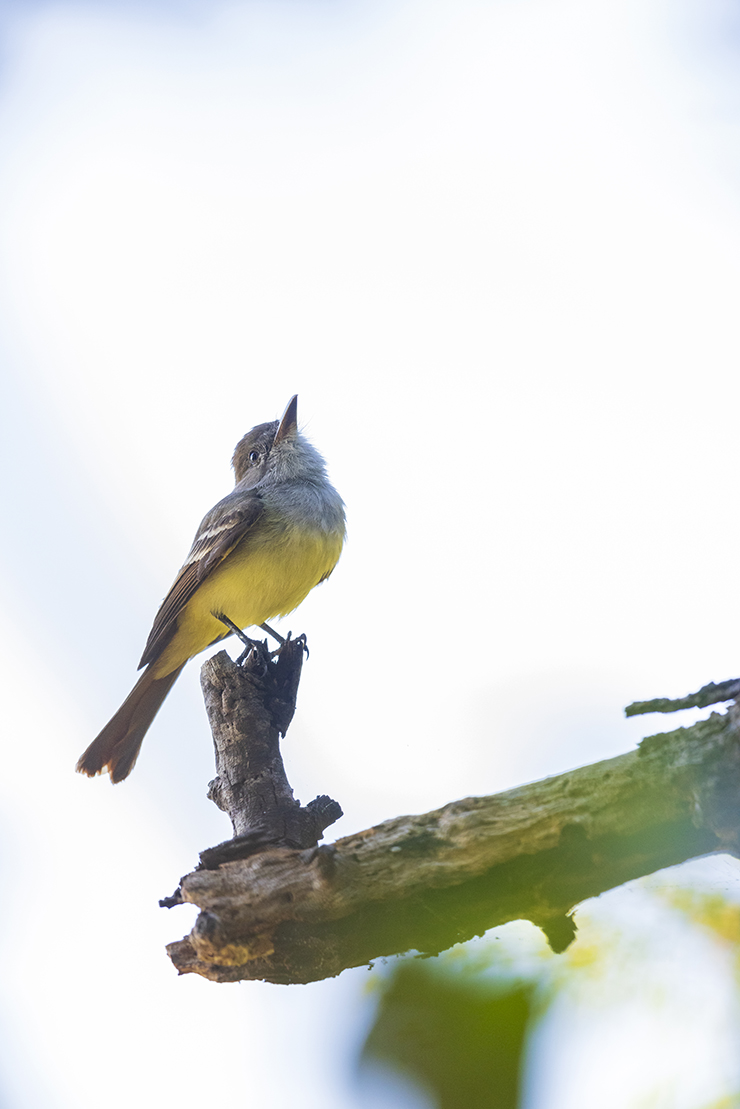
Those who are familiar with my ethos know quite well that I am very much for the experience as opposed to the payoff. Some call it a preference for the journey rather than the destination. Nomenclature aside, few can deny the benefits of simply being in nature, when there are birds around that’s a bonus!
I have been most fortunate to spend all my life thus far as an island creature, never far away from the ocean. Whether on Trinidad or Tobago, there are few places one can visit where the presence of the sea isn’t felt. If you can’t hear it, you can see it in the distance. And sometimes when the wind blows in a particular direction, you can smell the salted air of the ocean – usually a foreteller of an impending rainstorm. Even if your nose isn’t that sensitive, the air currents caused by an approaching storm tend to push Magnificent Frigatebirds some distance inland, I don’t know about you but it doesn’t matter where I am, from the moment I lay eyes on a frigatebird I instantly feel the proximity to the sea.
A few days ago, I paid a visit to a secluded beach on the windward coast of Tobago. Even though it is the unbroken Atlantic Ocean making landfall here, the lay of the land tames the wild waves as they approach, with an endless stream of breakers a considerable distance offshore. By the time the ocean touches land, it tamely laps at the coral-laden shoreline.
Here, the mangroves have been mostly stripped away for “development” (I’m not going to get into this here, it’s a sickness that’s repeated an unfortunate number of times across the Caribbean region) but due to this beach’s location near to a privately owned estate, it has been spared the bulldozer. For now.
Twisted vegetation borders the beach, my 4×4 spat me out from the thickets almost onto the shore. Arriving while it was still dark, I got out and scanned the relatively small area that was accessible – but there wasn’t a single bird in sight. I contemplated getting back into the jeep and hustling to another location for a few seconds. The gentle waves spilling onto the sand were meditative, however, and I was hooked.
I squatted on the wet sand, barefoot, as the sky turned from deep navy into various shades of pink and purple. The stars still shimmered, and the waves continued. In the east, the horizon began to lighten. It was glorious. No birds. Gradually, the entire visible spectrum seemed to cycle before me as the stars disappeared from view. I could see a few Brown Pelicans in the distance, cruising, then sharply banking into a sudden dive. Were they successful? It didn’t matter, for they repeated this process innumerable times. I considered getting into the water myself, but decided to stay put. Whether it was laziness or persistence, you be the judge.
As the sky lightened, through binoculars I made out the shapes of a few shorebirds just beginning to get moving under a tangle of roots and branches some distance away. This was the roost of a small group of Black-bellied Plovers; I had observed these individuals before. On that occasion, we arrived on the beach in the middle of the day and they promptly flew to the cover of this particular spot. I found it interesting how the birds favoured a certain location in what we humans may term “featureless”, clearly feeling some measure of safety there.
Slowly, I edged closer to the plovers, all the while trying my best to remain under the cover of branches myself. Eventually, I found a comfortable sit-spot that was still a respectable distance from the plovers, by this point they had gotten a little more active, some of them began to preen.

A Whimbrel rocketed past as the sun broke the horizon in the east.
A short while after, a flock of Sanderlings flew in to probe the small section of open beach near to where my vehicle was parked.

There’s a Sanderling in here, somewhere, I promise!
Bit by bit, the warm golden rays of the sun began to fall on the group of Black-bellied Plovers. Occasionally, they would swap position and move around within their little safe-zone, but they didn’t show any sign of emerging onto the beach. Some eventually flew out and went on the other side, further from where I was.

How many Black-bellied Plovers can you count?
When observing birds it is imperative to continually consider the effect of one’s presence on the birds. Even though I hadn’t flushed these birds, it was getting later in the morning, and I wondered whether my presence on the beach was interrupting their schedule. They all seemed to still be busy preening, but I wondered if I wasn’t there, would they have wandered onto the beach by now? Either way, the sun had started to sting my own skin, so I retreated into the mangroves – encouraged by the calls of a Northern Waterthrush.
It’s funny how vegetation can affect sound – once I was within the foliage a myriad of calls became apparent. A few Brown-crested Flycatchers gave their thick whistles, and a pair of Ochre-lored Flycatchers vocalized alongside, their strident calls decidedly different from the former, larger flycatchers. Bananaquits twittered, and I seemed to feel the environment take a deep inhale.

Brown-crested Flycatcher
There are undoubtedly many ways to do everything – birding included – and while I would still undertake specific missions to find species, to do a census, or for a big day even, I find this type of casual, deliberate, and holistic birding to be particularly rewarding.











Leave a Comment